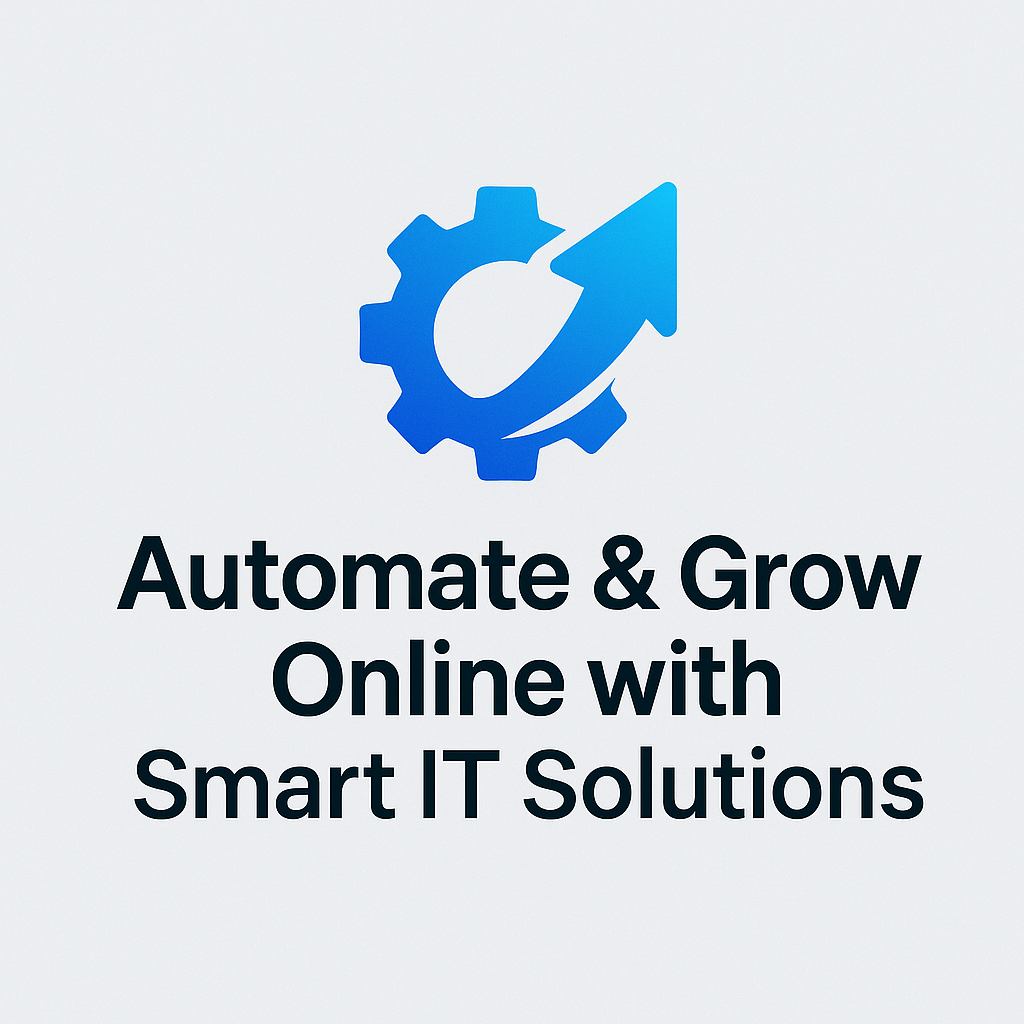/smstreet/media/post_attachments/docsz/AD_4nXdLbRxXG1tqykxCXNqlRzr1eF2s3eNcUslHavuqJQOxzFGAJA5v8NYI6SYtKYOTprFH1-o5oe9k5UJY9O9qoyEfQ5bzI2I6Z_SJi5VU-C5tdoBrY9BAv4mdMI5-k_Md9W5O_Z4Ffg-520794.jpeg?key=2jLTqWbneXdgDU1oBO1PspN1)
With the rise in remote and hybrid work, there’s been a growing demand for leaders who can build effective teams, coordinate virtual collaboration, and keep employees engaged.
But there’s one challenge. How can your organization develop this new crop of leaders? This is a pressing dilemma given that 41% of leaders believe their organization doesn’t meet the required business standards. (1)
Businesses have turned to employee training software to help train and develop their leaders. These systems allow organizations to create, share, customize, and track training materials to fit the skills gap in their leadership roles. Read on to know how.
How Employee Training Software is Revolutionizing Leadership Development
A training software can help in leaders’ professional development in the following ways:
Making it More Accessible and Impactful
Leadership training was traditionally reserved for those in senior or leadership positions. However, many organizations using this method miss out on the opportunity to train junior employees and prepare them to be future leaders.
This is important because it may be inevitable for leaders to resign or change jobs. So, organizations should be ready to fill these positions as quickly as possible.
Modern employee training software makes training accessible and impactful to all employees throughout their career journey. The training materials are readily available and centralized on the platform, which means employees can easily access them. This way, they can develop their skills at their own pace and on their own terms.
Personalized Leadership Development
Employees in an organization have (or lack) different leadership skills. Therefore, there isn’t a singular strategy for developing leaders.
Traditional leadership training has failed on this front, with a survey on leadership development gaps indicating that 45% of managers say their organizations aren’t doing enough to develop future leaders. This can be attributed to a lack of personalized strategies that help address individual roles and skill gaps.
Modern training software uses employee data such as learning preferences, completion and knowledge retention rates, and job roles to recommend personalized content that can be used to upskill your internal workforce.
Because of the learning systems’ flexibility, employees can seamlessly integrate their learning hours into their working schedules.
Key Features of Training Software That Support Leadership Growth
Employee training software supports learning and leadership growth for your in-house and remote teams, making it essential for all organizations. Here are some key features:
Personalized Learning Paths
Generic learning methods always fail to capture employee interest. This results in lower completion rates and poor employee engagement with the training content.
Using learning software to support personalized training and content delivery is the best approach.
In fact, 93% of high-performing organizations reported that personalized learning helped employee reach their goals faster. (2)
Training software gives employees the right content and delivery method to meet their needs.
For instance, if one employee prefers video-based learning and the other wants text-based learning, they can all access these different materials in a centralized place without needing external resources.
This flexibility allows the company to cater to diverse learning preferences and ensure no employee is bored or disengaged during the learning process.
Feedback Mechanisms
Feedback between trainers, organizations, and employees drives continuous learning and reflection when developing leaders. A training software delivers this by being an avenue for feedback through self-assessments, peer reviews, and manager evaluations.
The learners will learn to take feedback as a chance for introspection and improvement. A manager’s assessment, on the other hand, can focus on how each learner performs on these skills and tell them where they excel and need to improve.
Feedback also helps them build essential leadership skills such as communication, empathy, and problem-solving. Meanwhile, an open and constructive feedback culture from the team helps leaders develop self-awareness and build stronger connections with their team.
The best part is that the feedback mechanism is continuous, so there’s no specific experience level or role where it won’t be beneficial.
Analytics
Knowing how leaders are progressing is crucial in determining whether the training mode you’re currently using is working. Modern employee training management software simplifies this process by providing a reporting dashboard with completion rates, leaderboards, and the most used content format.
This information allows you to create actionable insights on what to change and maintain easily. For example, think about this statistic: 93% of employees want easy-to-complete training. (3)
So, if your analytics report shows a very low completion rate, then the training course could be challenging, and employees are losing interest. As such, you can ask for feedback on improving the training.
Conclusion
Building strong leaders in an organization is a continuous process. You need to prepare your employees early enough to take these roles. However, traditional training methods won’t do it, as teams are spread across different locations. The best way is to use employee training software, as it offers a centralized and flexible training environment.
References
-
24 Leadership Training Statistics for 2025: Data, Insights & Predictions: https://research.com/careers/leadership-training-statistics#:~:text=The%20problem%20is%20that%2C%20according%20to%20the%20Global%20Human%20Capital%20Trends%202019%20report%20published%20by%20Deloitte%2C%2041%25%20of%20business%20leaders%20believe%20that%20their%20organizations%20fail%20to%20meet%20the%20needed%20leadership%20standards%20(Leading%20the%20Social%20Enterprise%2C%202020).
-
How To Develop A Personalized Learning Strategy For Your Workforce: https://www.forbes.com/councils/theyec/2023/02/08/how-to-develop-a-personalized-learning-strategy-for-your-workforce/#:~:text=Recent%20research%20found,technique%20really%20is.
-
35 Key Employee Training And Development Statistics [2023]: Data + Trends: https://www.zippia.com/employer/employee-training-development-statistics/#:~:text=93%25%20of%20employees,for%20new%20employees%3A


